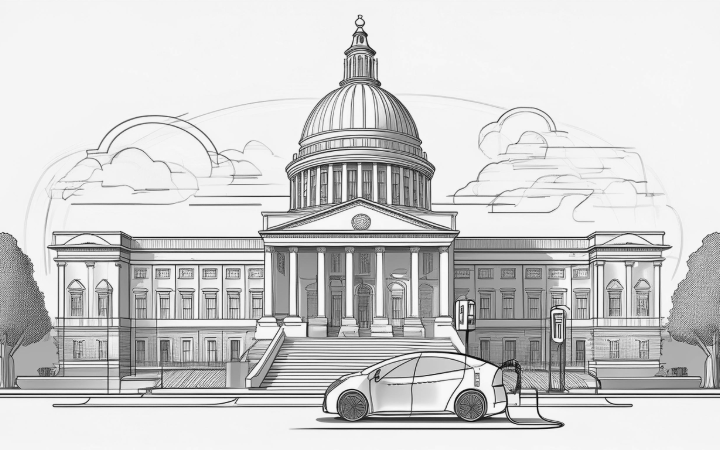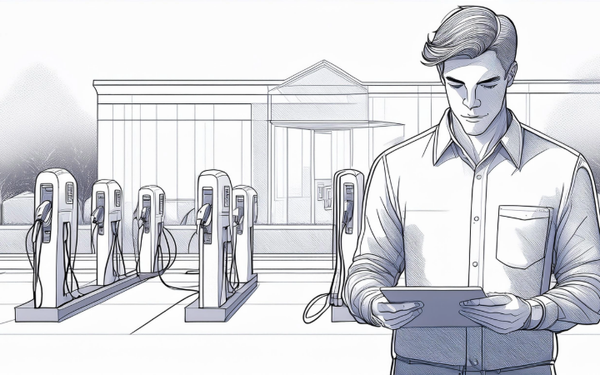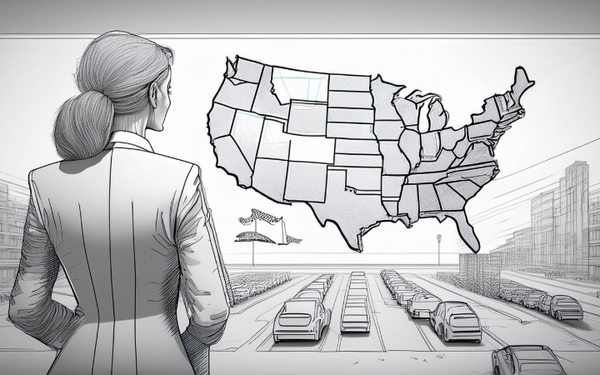Grants for Building EV Infrastructure and Charging Stations in the United States: A Comprehensive Guide
Explore the various grants available in the U.S. for building electric vehicle (EV) infrastructure, including key federal and state programs, application processes, and tips for successfully securing funding to support the expansion of EV charging stations.

Introduction
The rise of electric vehicles (EVs) has sparked a significant transformation in the transportation industry, with the need for robust EV infrastructure becoming more critical than ever. To accelerate this transition, the U.S. government, along with state and local entities, has introduced a variety of grants and incentives aimed at expanding EV infrastructure, particularly charging stations. This article provides an overview of the key grants available for building EV infrastructure in the United States, outlines the application process, and offers tips for securing these grants.
Overview of Key Grants Available
1. Federal Grants
a. The National Electric Vehicle Infrastructure (NEVI) Formula Program
As part of the Infrastructure Investment and Jobs Act (IIJA), the NEVI Formula Program is one of the most prominent federal initiatives supporting EV infrastructure. This program provides $5 billion over five years to help states create a network of EV charging stations along designated Alternative Fuel Corridors (AFCs).
b. The Charging and Fueling Infrastructure (CFI) Grant Program
Also established under the IIJA, the CFI Grant Program offers $2.5 billion in competitive grants over five years. This program targets both rural and urban communities, focusing on projects that increase the accessibility and convenience of EV charging stations.
c. The Department of Energy's (DOE) Vehicle Technologies Office (VTO) Grants
The DOE’s VTO provides funding for a range of EV infrastructure projects, including those related to charging technology advancements, community-based charging solutions, and grid integration. These grants are typically awarded through specific funding opportunities announced by the DOE.
2. State and Local Grants
Each state in the U.S. has its own set of grants and incentives aimed at expanding EV infrastructure. For example:
- California’s CALeVIP Program: Offers rebates and grants for the installation of EV charging stations across the state, particularly in underserved areas.
- New York’s NYSERDA Programs: Provides funding for businesses and municipalities to install charging stations, with additional incentives for projects in disadvantaged communities.
- Texas’ Texas Volkswagen Environmental Mitigation Program: Focuses on reducing emissions by funding the installation of EV charging infrastructure.
Many states also leverage funds from the Volkswagen Settlement to support EV infrastructure projects.
The Process of Applying for Grants
Securing grants for EV infrastructure involves a detailed application process. While specific requirements may vary depending on the grant, the following general steps are commonly involved:
- Identify the Appropriate Grant:
- Begin by researching available grants at the federal, state, and local levels. Ensure that the grant aligns with your project’s scope, location, and objectives.
- Understand the Eligibility Criteria:
- Carefully review the eligibility requirements for each grant. This includes understanding who can apply (e.g., businesses, municipalities, nonprofits) and the types of projects that are eligible for funding.
- Prepare a Strong Proposal:
- Develop a detailed project proposal that outlines the need for the infrastructure, the specific locations for the charging stations, the anticipated impact on EV adoption, and a clear budget.
- Include technical details such as the type of chargers to be installed, expected usage, and integration with the grid.
- Submit the Application:
- Follow the submission guidelines precisely. This includes adhering to deadlines, providing all required documentation, and ensuring that the application is complete.
- Some grants may require you to submit your application through specific portals or platforms.
- Participate in Review Processes:
- After submission, your application may undergo various review stages. Be prepared to provide additional information or clarification if requested.
- Grant Award and Compliance:
- If awarded a grant, you will need to comply with reporting requirements, including progress updates and financial reporting. Failure to meet these requirements can result in the forfeiture of funds.
Tips for Securing EV Infrastructure Grants
Securing a grant can be competitive, so it's essential to approach the application process strategically. Here are some tips to enhance your chances of success:
- Start Early:
- The grant application process can be time-consuming. Begin researching and preparing your application well in advance to ensure you have ample time to gather necessary information and documentation.
- Collaborate with Partners:
- Partnering with local governments, utility companies, or other stakeholders can strengthen your application. Collaborative projects that demonstrate broad community or industry support are often viewed more favorably.
- Focus on Underserved Areas:
- Many grants prioritize projects that serve underserved or disadvantaged communities. Highlighting the benefits your project will bring to these areas can enhance your application’s competitiveness.
- Demonstrate Environmental and Economic Impact:
- Clearly articulate how your project will reduce emissions, support EV adoption, and stimulate local economies. Quantifiable benefits, such as expected reductions in greenhouse gas emissions, can make your application stand out.
- Stay Informed:
- The landscape of EV infrastructure funding is constantly evolving. Stay updated on new funding opportunities, changes in eligibility criteria, and best practices by subscribing to newsletters, attending webinars, and networking with industry professionals.
Conclusion
The expansion of EV infrastructure in the United States is crucial for supporting the growing adoption of electric vehicles. By leveraging the available grants, businesses, municipalities, and other organizations can play a vital role in this transformation. Understanding the grants available, following the application process carefully, and adopting a strategic approach are key to successfully securing funding for your EV infrastructure projects. With the right preparation, your project can contribute significantly to building a cleaner, more sustainable transportation future.





